

This comprehensive guide explores the world of J bolts, covering their types, applications, material properties, and selection criteria. Learn how to choose the perfect J bolt for your specific project, ensuring strength, durability, and safety. We'll delve into the nuances of J bolt design and provide practical advice for both professionals and DIY enthusiasts.
A J bolt, also known as a J-hook bolt, is a type of fastener characterized by its distinctive J shape. One end features a threaded rod, typically used for connecting to a nut, while the other end forms a hook or J shape designed to secure the bolt to a specific structure or component. This design is particularly useful for applications requiring a secure, often perpendicular, connection.
J bolts are available in a range of materials, each offering different properties and suitability for various applications. Common materials include:
The hook design of a J bolt can also vary, impacting its suitability for specific tasks. Common hook variations include:
Choosing the appropriate J bolt depends on several critical factors:
J bolts find widespread use in various industries and applications, including:
Proper installation is crucial for ensuring the security and longevity of a J bolt connection. Always follow manufacturer instructions and use appropriate tools. Consult professional advice for complex applications.
| Material | Strength | Corrosion Resistance | Cost |
|---|---|---|---|
| Mild Steel | Medium | Low | Low |
| Stainless Steel | High | High | High |
| High-Tensile Steel | Very High | Medium | Medium-High |
Note: Strength and cost are relative comparisons. Specific values vary depending on the grade and manufacturer.
This information is for general guidance only. Always consult relevant standards and regulations when working with J bolts in critical applications.

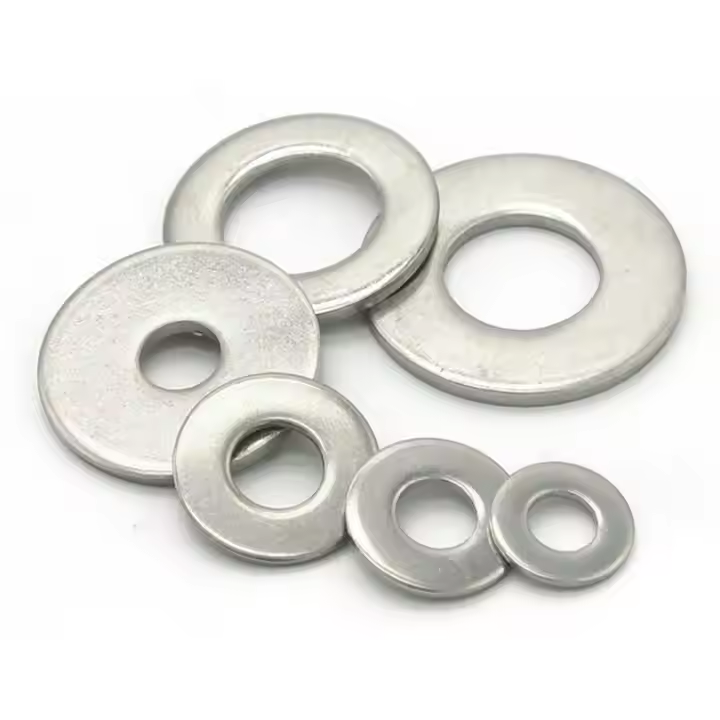
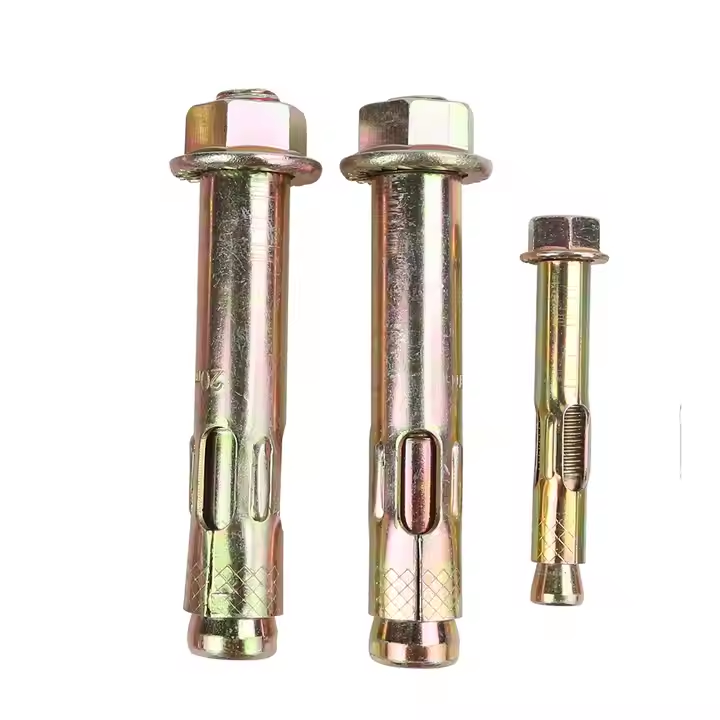



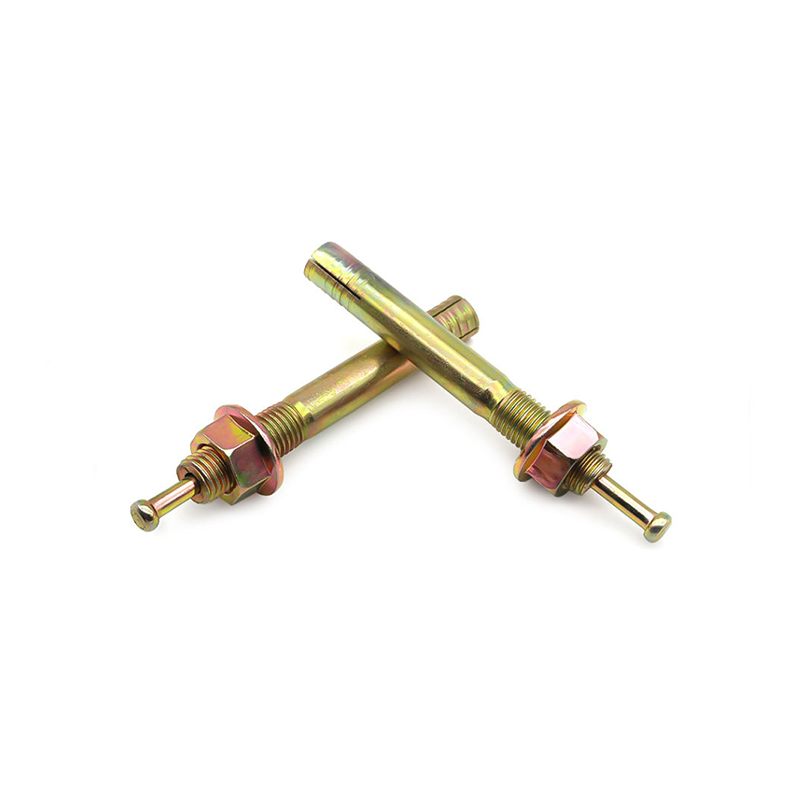

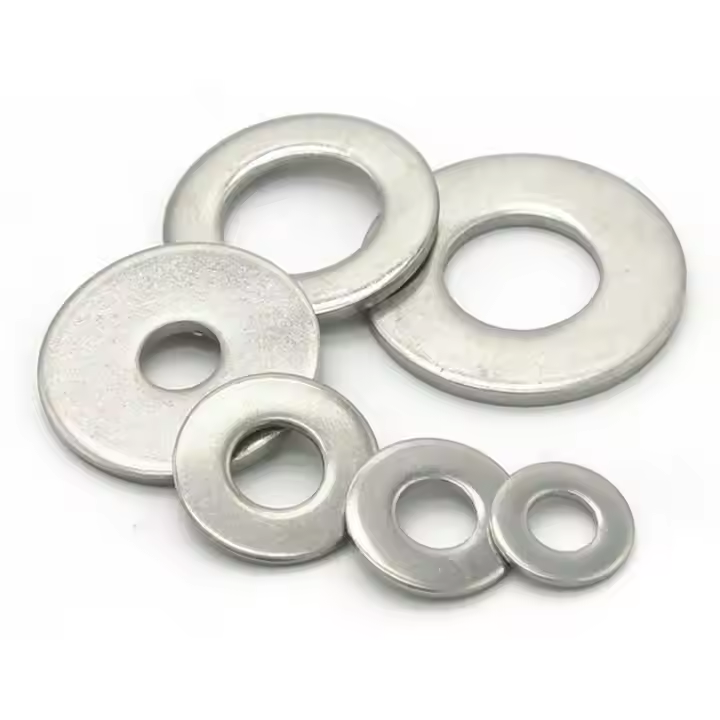
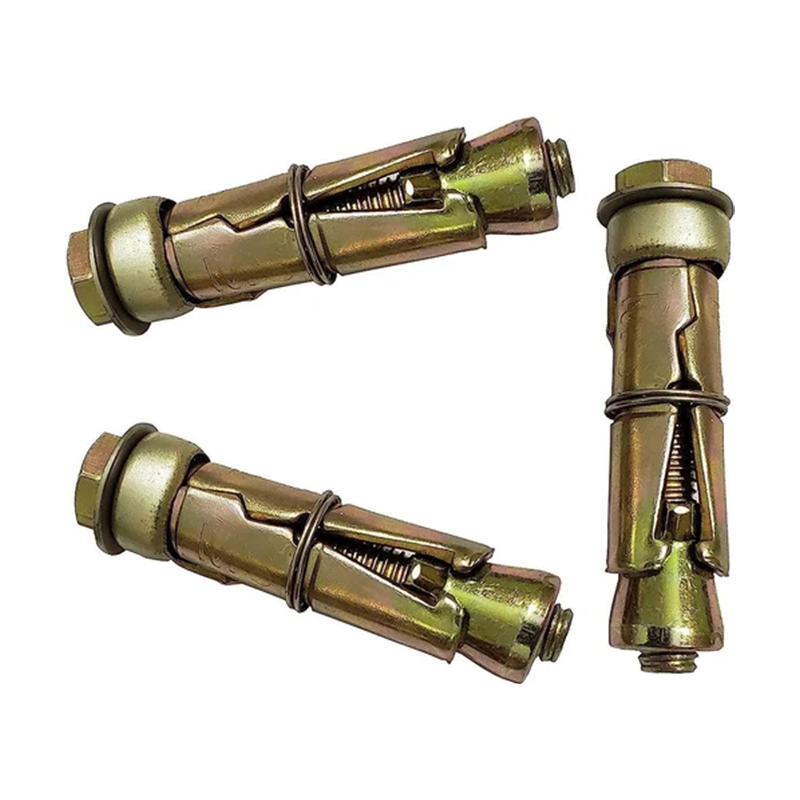
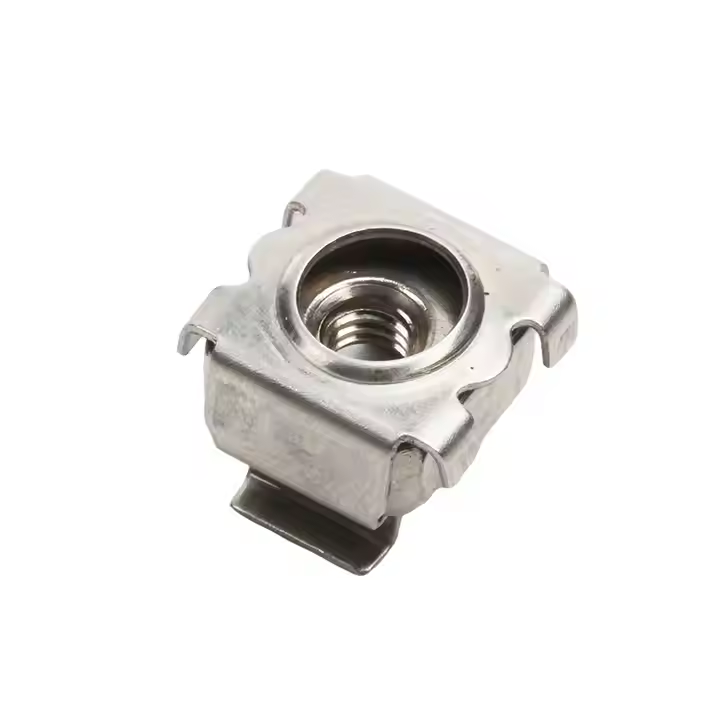
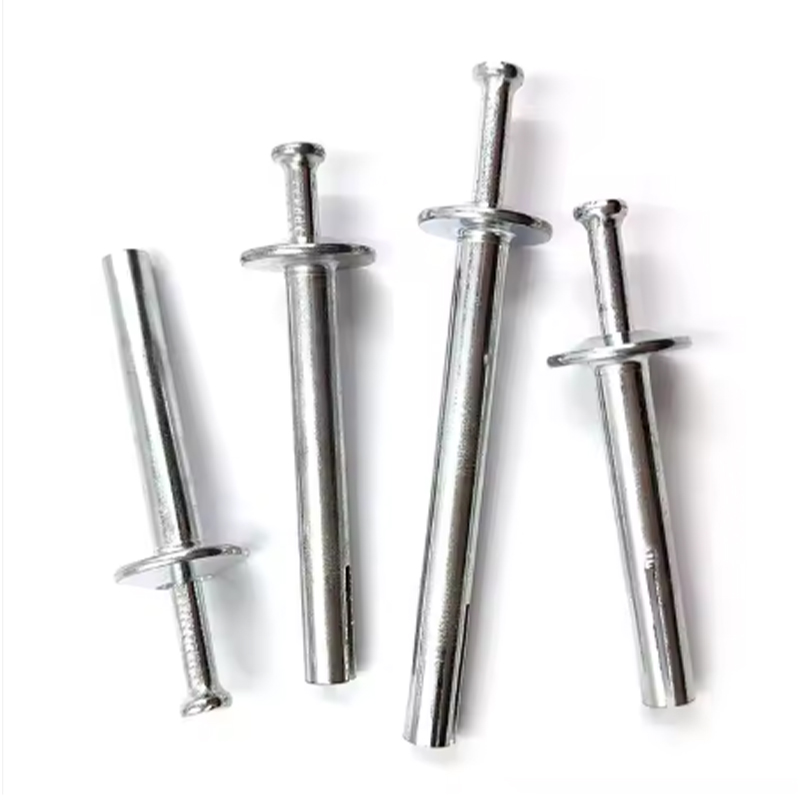
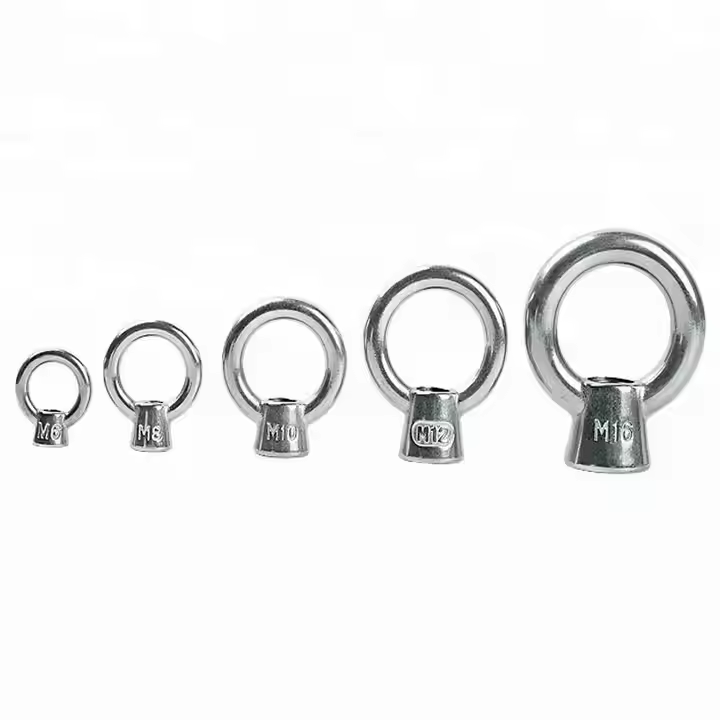
Please enter your email address and we will reply to your email.